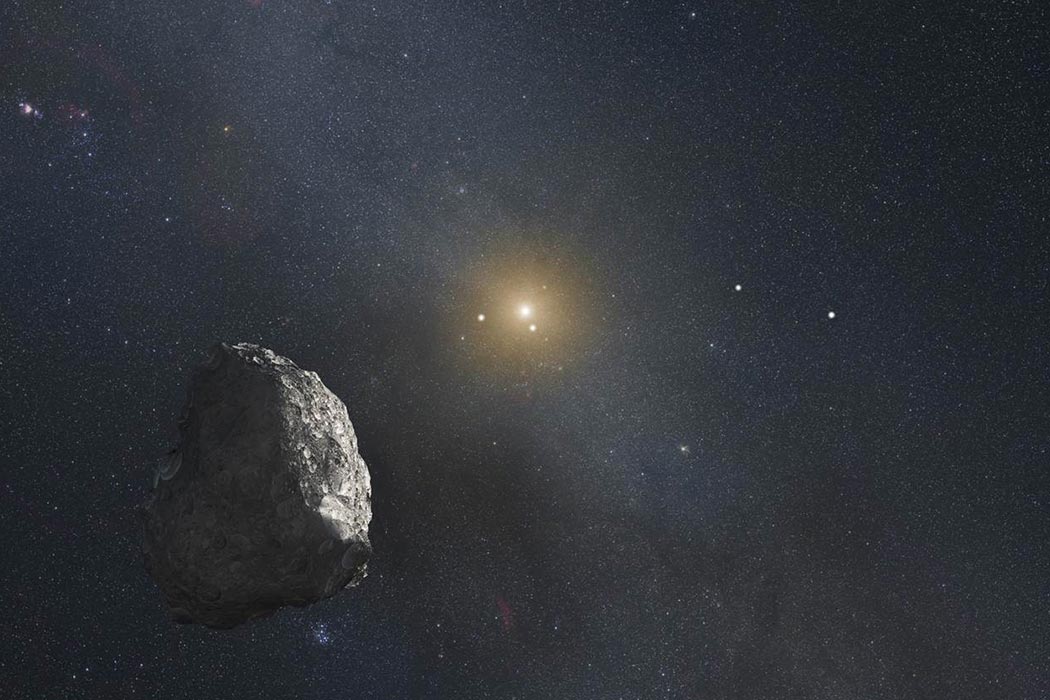After its successful Pluto flyby, New Horizons is moving on to its next target, Kuiper Belt Object (KBO) 2014 MU69. The destination was chosen for pragmatic reasons; given the limited fuel available, 2014 MU69 provides the best opportunity for success. It’s an opportunity to learn more about the Kuiper Belt, a mysterious region of icy bodies that orbit beyond Neptune at the very edge of the solar system.
The Kuiper Belt is so distant that its existence wasn’t confirmed until 1992. The Belt was believed to be a source of certain comets, but recent research has challenged that claim. Since 2006, observations have confirmed a number of large objects in the Belt (known as TNOs, or Trans-Neptunian Objects). The most famous TNO is Eris, formerly known as Xena and originally believed to be larger than Pluto; one of New Horizons’ first major discoveries was to prove that Pluto is in fact slightly larger.
Surveying and categorizing the objects in the Kuiper Belt is a major project. Known KBOs fall along a large range of sizes, colors, shapes, orbits, and other characteristics. Most are icy, but a few show signs of a rocky composition. KBOs have erratic, highly elliptical orbits, varying spinning speeds, and unique orbital inclines. One of the weirdest objects so far is Sedna, a large TNO that orbits far beyond the Kuiper Belt.
All the individually weird KBOs point to the strangeness of the Kuiper Belt itself, and understanding them helps to illustrate the origins of our Solar System. The Belt, vast as it is, should be denser, with many more objects. The Belt’s relatively low mass and its remaining objects’ wild orbits suggest that something large crashed into it long ago—most likely Neptune. Furthermore, gas planets such as Neptune could not have formed so close to the sun, so it must have formed further out and then migrated inward. Examination of KBOs can determine how long it took Neptune to complete its migration, and may shed light on the formation of the inner solar system as well.
It may be possible for New Horizons to continue its journey after 2014 MU69, perhaps to the Oort Clout, a region beyond the Kuiper Belt that is so remote and mysterious that its very existence hasn’t yet been confirmed. The probe will not reach 2014 MU69 until 2019, but will continue transmitting data from the Pluto flyby for at least another year.







